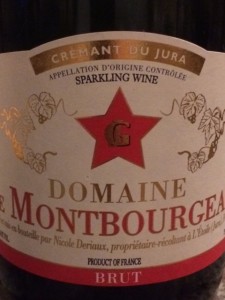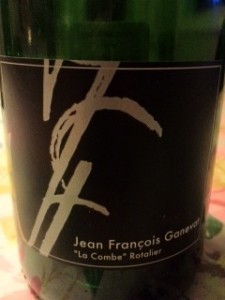 Nightcap #9: Albet i Noya Cava Brut, Penedes, Spain $16
Nightcap #9: Albet i Noya Cava Brut, Penedes, Spain $16
The holidays just wouldn’t be the holidays without bubbles and there are more to choose from than ever before. While prosecco sales in the United States have gone up around 35% in the last 3 years, it is really cava I crave. Cava is the sparkling wine of Spain. It has traditionally been made from 3 indigenous grapes – xarel-lo, parellada and macabeu – but beginning in 1986, chardonnay, and then pinot noir and several other grapes have been authorized for use. Cava is made in the traditional method with a second fermentation in the bottle in which it will eventually be sold, as in Champagne, but is less strict than the French when it comes to aging requirements.
Albet i Noya is one of my favorite cava producers. The reasons why are too numerous to list here, but I will give you the highlights. This family winery was the first in Catalonia to embrace organic farming and winemaking, taking it one stop further in 2004 with biodynamic grape growing on part of the estate.; they disgorge their cava manually and print the disgorgement date on the back of every bottle; and they only use yeast indigenous to the Penedès region. Their cava is even vegan friendly! But mainly I love the way this cava tastes. It is made from the 3 indigenous grapes plus chardonnay, and was aged for 18 months. It is clean and mineralic, with just a splash of citrus, and then a hint of hazelnuts on the long finish. And what lovely bubbles. ĺSalud!

